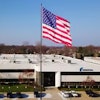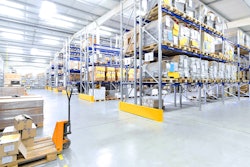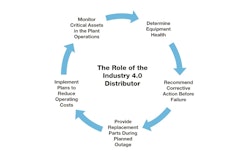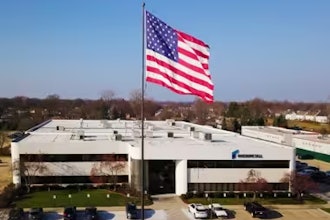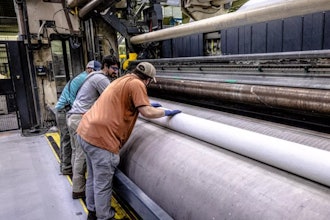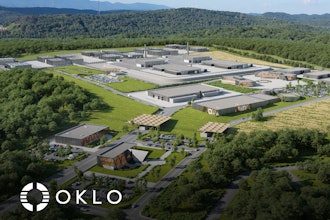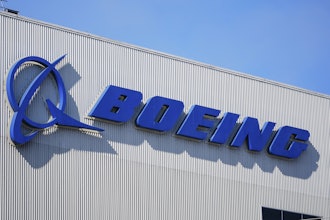Retailers are in the thick of planning for the holidays, but are they planning for the right thing to achieve the highest possible ROI this holiday season? Far too often, retailers focus on creating a more holistic shopping experience in the front end and invest time and money into marketing, website design and aesthetics, and fail to invest in back-end logistics and core platforms that are needed to support the uptick of holiday traffic. These behind-the-scene technologies have become increasingly important with the rise of e-commerce. More orders, more shipments and higher demand are dialing up the pressure for retailers to optimize inventory and improve service levels.
Meeting Heightened Demand
It’s a digital world now — consumers are ordering products on their cell phones from the comfort of their couch. While convenience is a huge factor in a consumer’s purchasing choices, instant gratification is a close second in a list of expectations, especially with the increase in big-name retailers promising free two-day, or even same-day, shipping. Outdated legacy supply chain and manufacturing systems are not going to keep up with the copious amounts omnichannel orders of the 2018 holiday toy of the year, or the record-breaking amount of returns in the days following Christmas. And when that toy is not delivered in time to open on the big morning, or the wrong toy is sent, that’s a customer lost.
To keep up with holiday demand, it is important that retailers digitize their supply chain and invest in next-generation technologies, such as AI, machine learning, deep learning and IoT, to better manage inventory and warehouse management. With continuous information flow, these technologies allow retailers to report and monitor in real-time, help them gain end-to-end visibility of inventory across the value chain and build fail-safes, triggers and safety stock across it.
Many businesses find themselves attached to their legacy systems due to a familiarity with the interface and process, assuming that next-generation technologies will sufficiently integrate into their existing software. This isn’t the case. Customizing monoliths means retailers have to work around legacy systems, driven by technology that is slow and bogged down. It also means speed and flexibility to react to a business situation is very slow. In order to improve front-line processes, retailers must update their back-end core processes.
Transforming the Core
There has been a tremendous shift in power in the past few years from retailers to consumers, who don’t just demand quality products at the best prices, but also want them to be available right at the point of purchase, even when they don’t make the purchase at a physical store. Retailers are trying to be nimble and meet the needs of every online consumer, but they can’t accomplish this by having legacy systems. Even though these older systems are solid, they are incapable of reacting in real-time to issues and changing accordingly.
To combat this issue, retailers are rethinking their entire supply chain planning processes — moving the nodes of the entire network onto a single server to get an integrated supply chain view and then forecasting, planning, ordering, fulfilling and replenishing significantly faster with shorter lead times and increased accuracy. Here are some steps to take when transforming the core:
- Evaluating your system. Ask specific questions related to what you need. Is it flexible? Is it user-friendly? Does it fully support your brand’s e-commerce demands? If it doesn’t check off those needs, it is time for a change.
- Invest in new technologies if necessary that streamline and automate operations. For example, retailers can optimize demand forecasting, inventory management and the setting of order cycles and order quantities by making them more systematic, and in turn more accurate. Increasing the level of automation in routine areas of store replenishment will allow your team to focus its expertise on areas that require closer attention.
- Build an end-to-end communication loop. There is a large amount of data available thought both traditional and social media, and this data can be a game changer for retailers. This data allows real-time communication of information from shoppers to designers to production staff.
- Reinforce new back-end-centric processes with training. These new processes need to be reinforced across the entire workforce. For example, if a customer complaint comes in, there needs to be a clear next step and chain of command for handling that problem.
The objective is to create a consumer-driven supply chain, on a single network with end-to end visibility, which then allows an organization to truly use the supply chain to differentiate and be prepared for the holiday season. With the established importance of unified commerce, it’s time for manufacturers and retailers to be prepared with updated systems and technologies to meet consumer’s needs.
Ronojoy Guha is VP & Solutions and Pre-Sales Head for Retail, Consumer Goods & Manufacturing at Mindtree.


